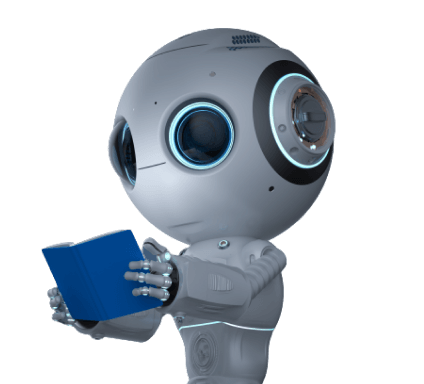Results for ""
Tohoku University scientists developed a mathematical model to explain what happens inside tiny magnets when an electric current and magnetic field are applied.
Classical computers have made progress so far, but there are still issues that these machines cannot solve. To combat this, Japanese researchers have been hard at work developing quantum-compatible computers that can apply quantum physics principles to the problem of pattern recognition.
However, so-called quantum computers are still in their infancy, making them highly sensitive to their environments and necessitating shallow temperatures for operation.
Currently, researchers are examining a new idea called probabilistic computing. A computer of this kind, able to run at room temperature, would be able to deduce potential solutions from complex input.
A simple example of this problem is figuring out something about a person by looking at what they buy. The computer looks for patterns and makes an educated guess as to what the answer might be rather than providing a single, discrete response.
We could make a computer like this in several ways, but some scientists are looking into using devices called magnetic tunnel junctions. A weak insulator layer separates the two layers of magnetic metal. Electrons can tunnel through the insulating layer when an electric current and a magnetic field heat these nanomagnetic devices.
Depending on how they spin, they can make the magnets change or "fluctuate." Probabilistic computing could be on these changes, called p-bits and an alternative to the on/off or 0/1 bits we all know from traditional computers. But for scientists to make probabilistic computers, they need to be able to explain what happens in the physics of magnetic tunnel junctions.
For more information, refer to the article - Local bifurcaiton with the spin-transfer torque in superparamagnetic tunnel junctions






